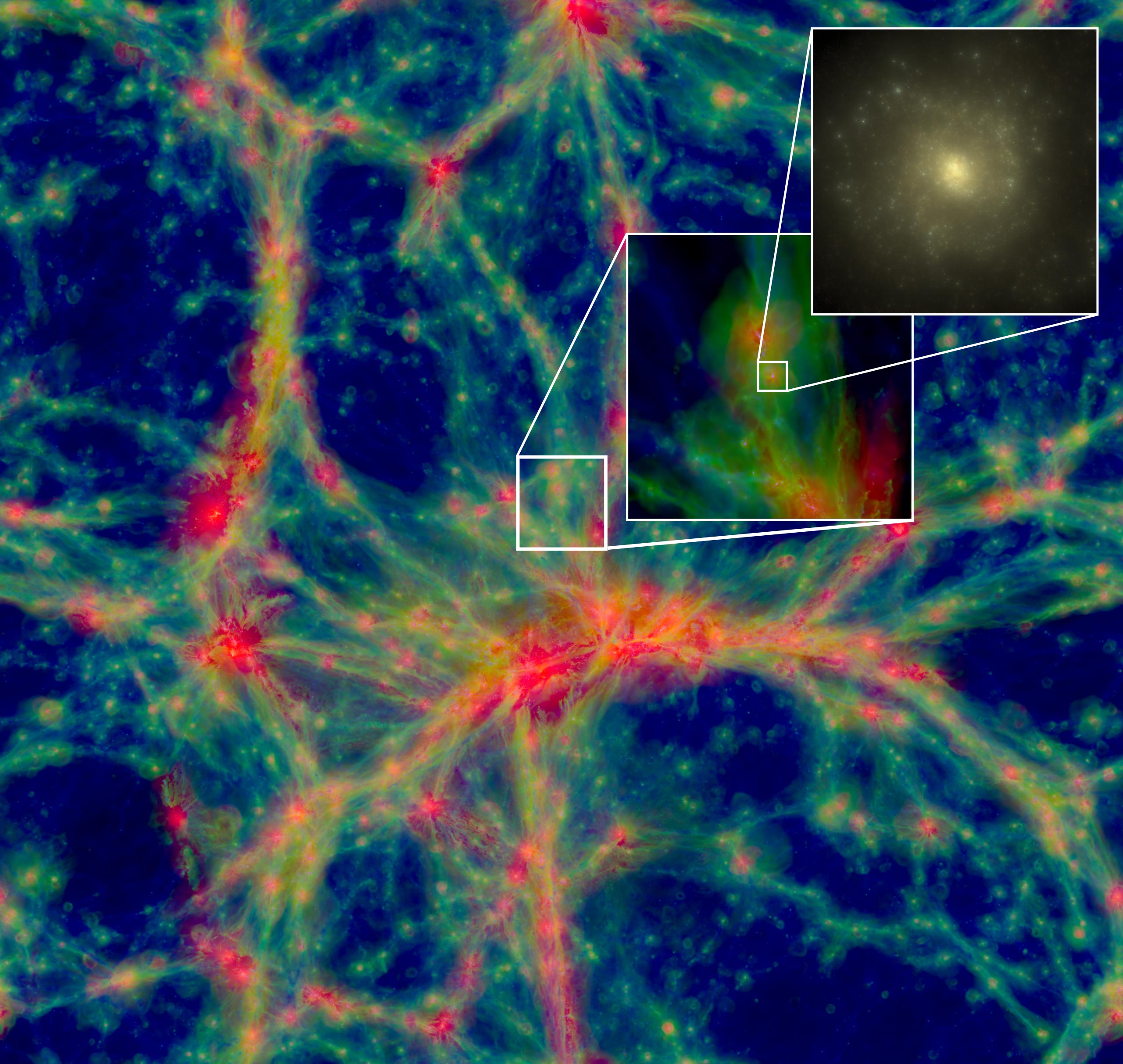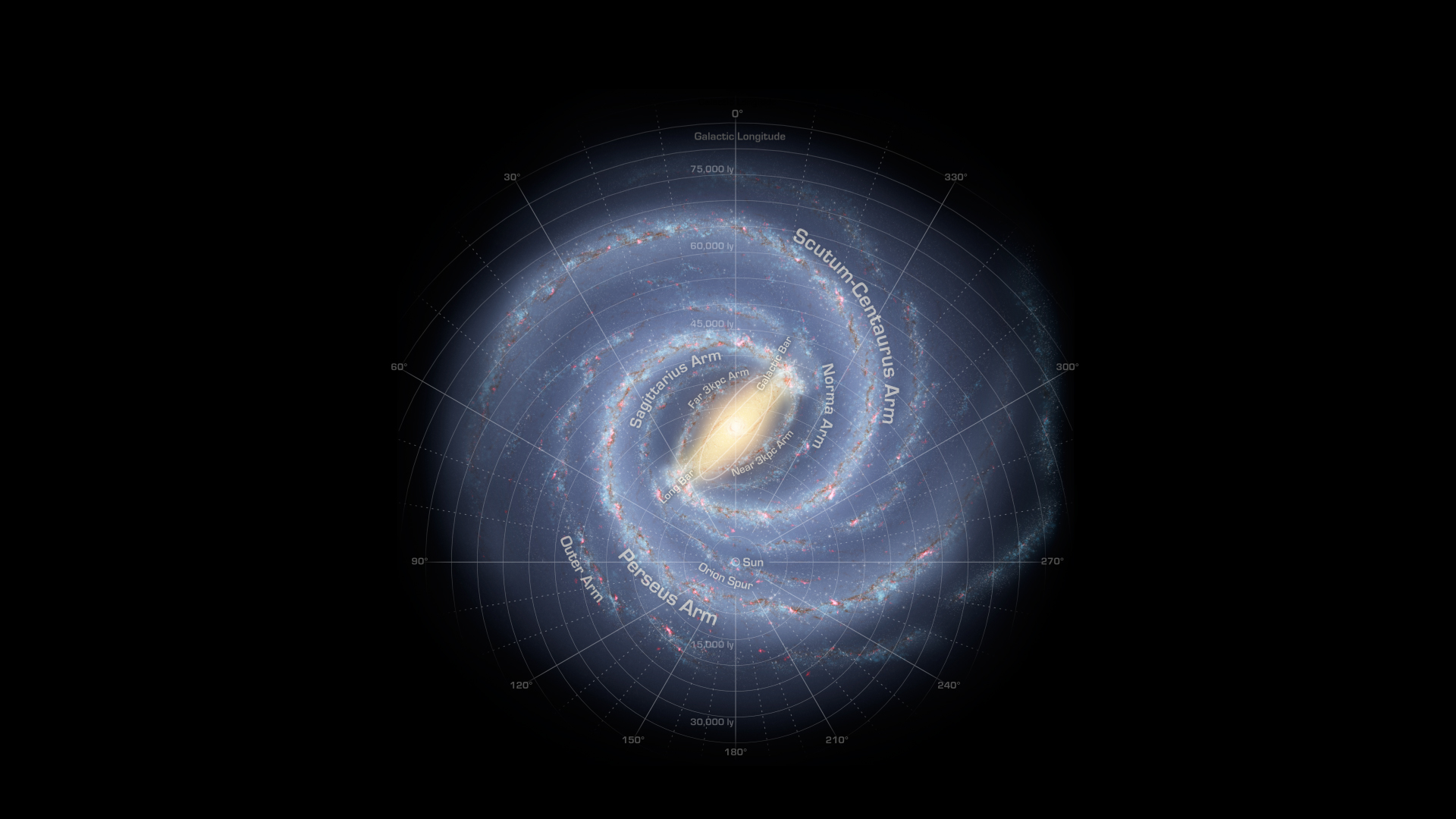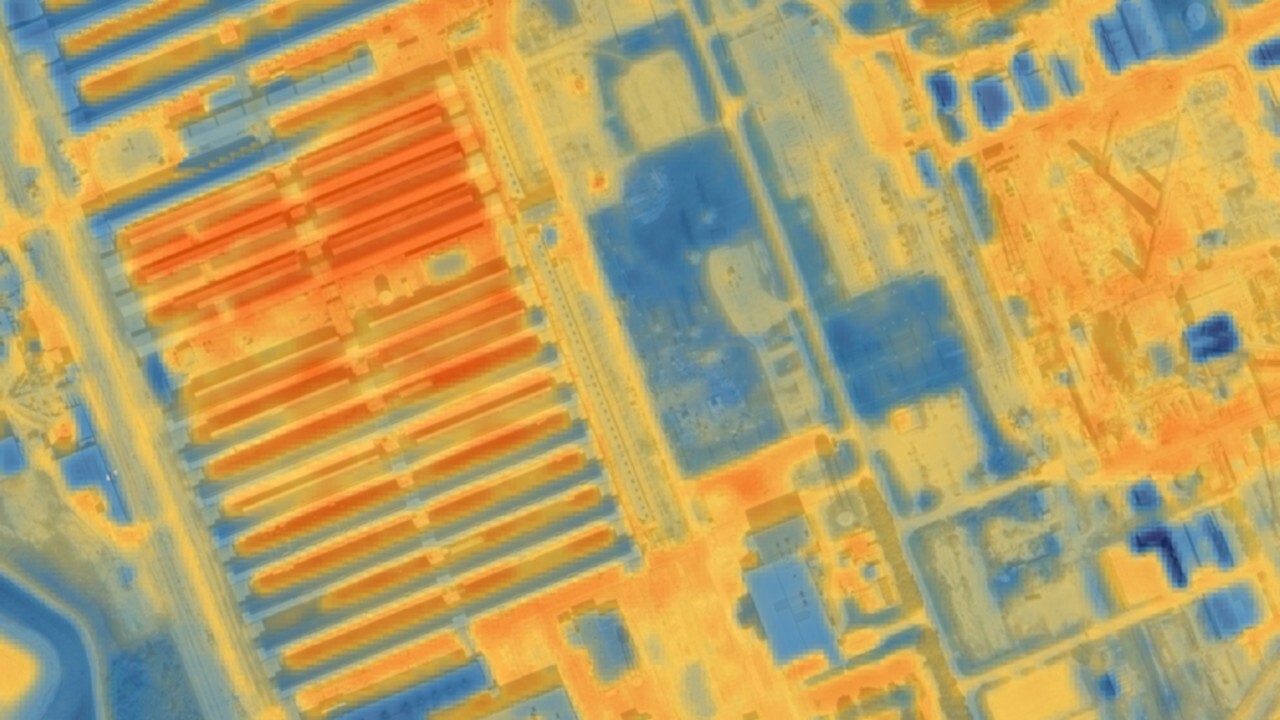New EAGLE Simulation Shows Galaxies as They Really Are (Video)
Galaxies come in all different shapes and sizes, and a massive new simulation of the universe has captured that galactic variety with more accuracy than any simulation before it, according to a new study.
Using a simulation called EAGLE (Evolution and Assembly of GaLaxies and their Environments), researchers from multiple institutes in Europe have cooked up a dazzling simulation of the universe that contains tens of thousands of galaxies. For a simulation this size, the researchers say theirs is the most accurate representation of galaxies available. Other galaxy simulations often produce galaxies that are different than those seen in nature – too massive, to spherical, too small and with too many old stars, according to a statement from the University of Leiden, in the Netherlands.
"This is really a staggering success, I think it's fair to say," Rob Crain from Liverpool John Moores University and a member of the group that built EAGLE, told Space.com. The researchers are part of a collaboration called the Virgo Consortium for Cosmological Supercomputer Simulations. "Go to our previous generation of simulations, and the galaxies all look like big spherical blobs. Now they form disks and bars and irregular galaxies and different types of ellipticals." [How Computers Simulate the Universe (Infographic)]
A computer simulation is like a recipe for the universe. Scientists have to start with a list of ingredients and instructions — which actually means a description of the physics that underlie the current universe. While many simulations can recreate the major cosmic ingredients (like stars and galaxies), the subtleties are harder to achieve (like the shape, mass and distribution of those stars and galaxies).
A sample of the new simulation can be seen in the video above. It shows the evolution of the universe in a region 25 megaparsecs cubed (about 81 million light years). The bottom right corner of the screen shows the time after the Big Bang (denoted by "t"). In the early universe, matter is dispersed and hazy, but gradually coalesces into a sort of web, with long strands of material connecting nodes where galaxies are clustered. At 1:06, the simulation starts again from the beginning and shows the three major components of the model: dark matter (labeled as CDM), gas (the red globs are gas clouds where stars are often born), and stars. The full EAGLE simulation contains an area 100 megaparsecs cubed.
EAGLE is not the largest universe simulation in the world. However, much larger simulations usually do not have a high enough resolution to see the details of individual galaxies. Adding both volume and resolution becomes time- and cost-intensive, and running EAGLE's full simulation took many months on one of the most powerful scientific super-computers in Europe, according to the researchers.
One goal of the EAGLE group was to produce a simulation large enough that it contained all types of galaxies seen in the universe. This allows the researchers to find out if the physics they programmed into EAGLE are accurate for all galaxies, and if they produce the correct number of galaxies in the universe.
Breaking space news, the latest updates on rocket launches, skywatching events and more!
"There have been very successful simulations that zoom in on [a region] that ends up [containing] a single galaxy at the present time," Joop Schaye of Leiden University and lead scientist on EAGLE, told Space.com in an email. "However, these kind of simulations are difficult to compare with observations. The virtual galaxy may end up looking like our Milky Way galaxy, but who says it should? Perhaps it should have become an elliptical galaxy!"
With thousands of galaxies to study, the researchers say they can learn more about how environment influences galactic development, because the galaxies in different regions may differ based on what happens in their local neighborhood. [8 Baffling Astronomy Mysteries]
The researchers say they already have an idea of what makes the galaxies in their simulation look more like those in nature: galactic wind. These cosmic gales are created by explosive events like supernova and black hole ejections. These explosions can be seen in the simulation video starting about 0:10. They get larger and more frequent as time moves on.
Schaye said the picture of the universe created by the EAGLE simulation "is not perfect, but for astronomers the level of agreement is very impressive. It seems we have the main ingredients in place."
Now the researchers, as well as other scientists, can look at EAGLE's simulation in more detail, to see where it has succeeded in replicating nature, and where it has failed.
"It's a very exciting time," Crain said. "We have to go and look harder for what's wrong with [the simulation]. And by doing that we'll see what we don't understand about the universe."
The new research appeared in a recent issue of the Monthly Notices of the Royal Astronomical Society.
Follow Calla Cofield @callacofield. Follow us @Spacedotcom, Facebook and Google+. Original article on Space.com.

Calla Cofield joined Space.com's crew in October 2014. She enjoys writing about black holes, exploding stars, ripples in space-time, science in comic books, and all the mysteries of the cosmos. Prior to joining Space.com Calla worked as a freelance writer, with her work appearing in APS News, Symmetry magazine, Scientific American, Nature News, Physics World, and others. From 2010 to 2014 she was a producer for The Physics Central Podcast. Previously, Calla worked at the American Museum of Natural History in New York City (hands down the best office building ever) and SLAC National Accelerator Laboratory in California. Calla studied physics at the University of Massachusetts, Amherst and is originally from Sandy, Utah. In 2018, Calla left Space.com to join NASA's Jet Propulsion Laboratory media team where she oversees astronomy, physics, exoplanets and the Cold Atom Lab mission. She has been underground at three of the largest particle accelerators in the world and would really like to know what the heck dark matter is. Contact Calla via: E-Mail – Twitter


